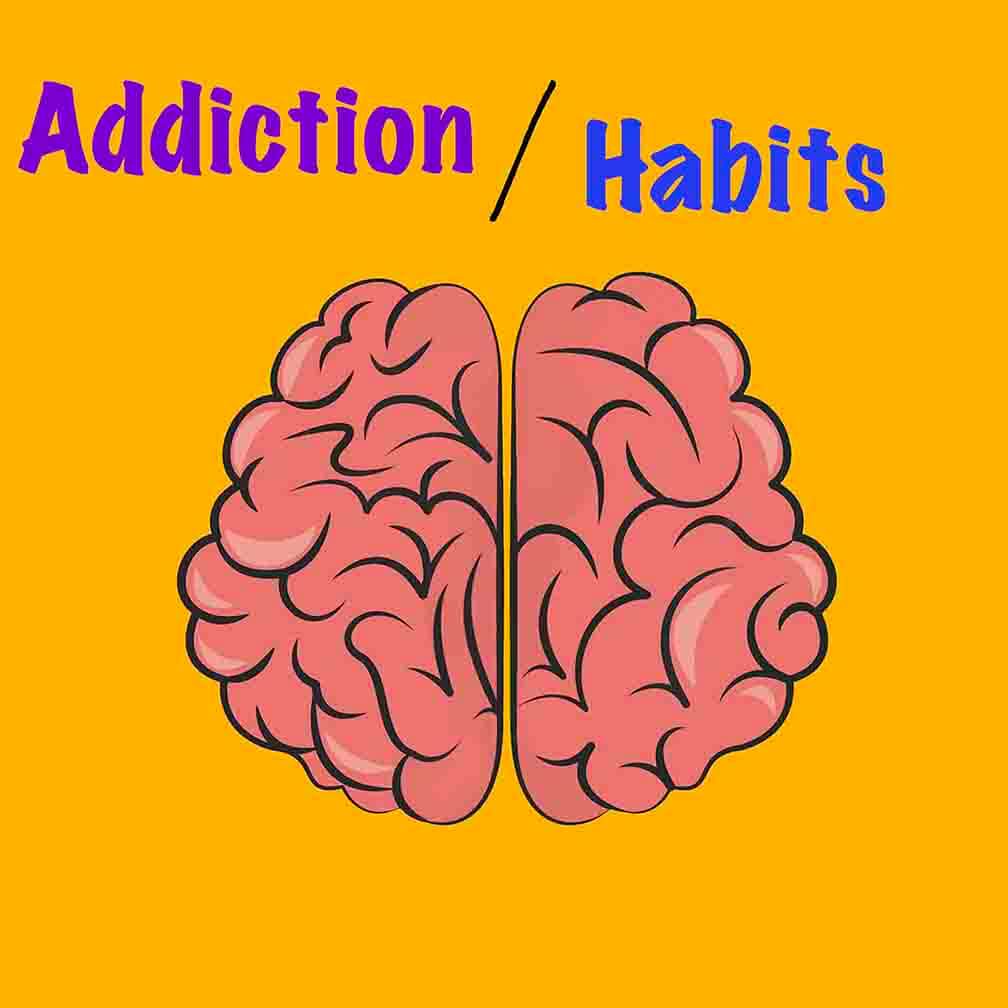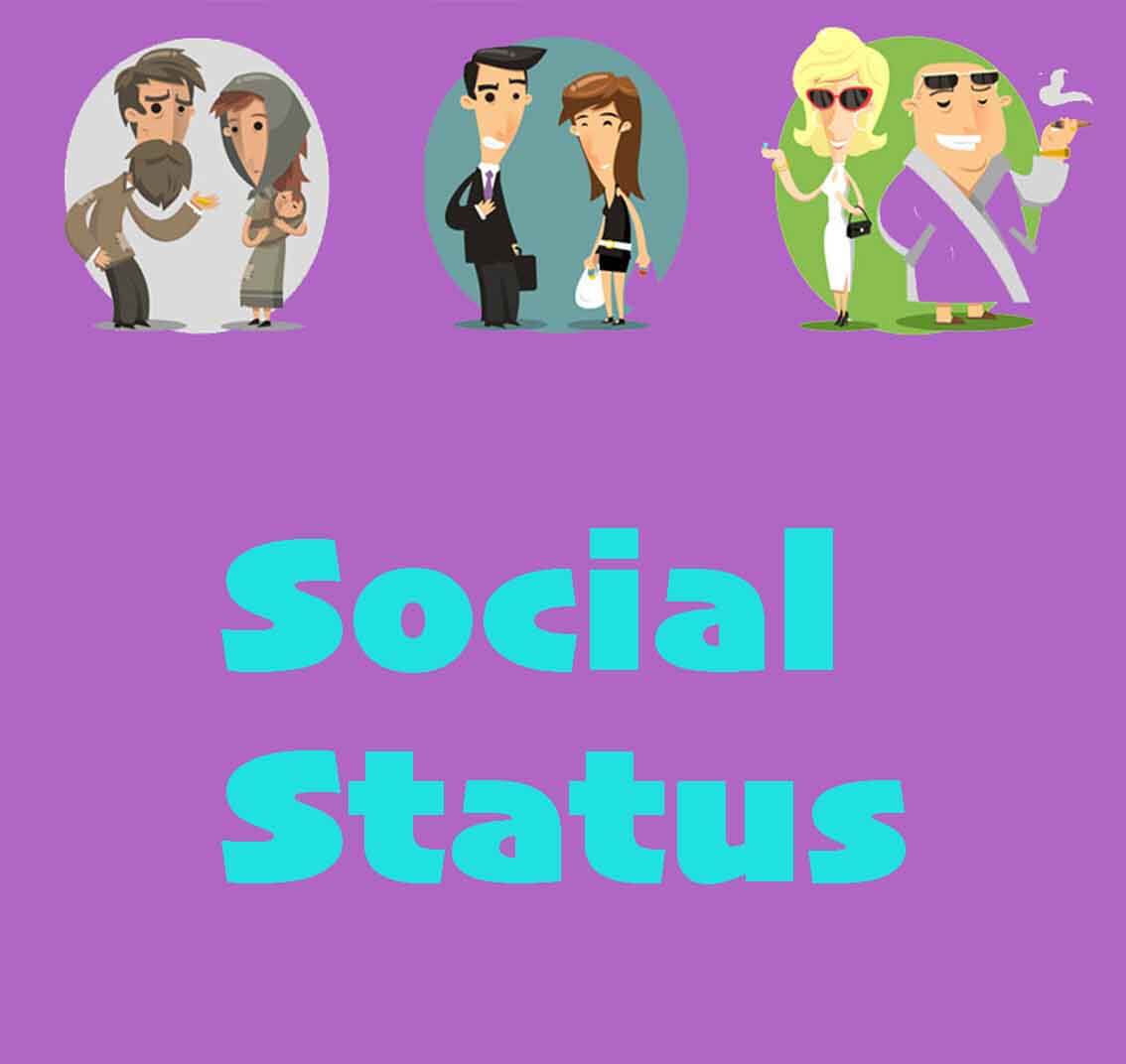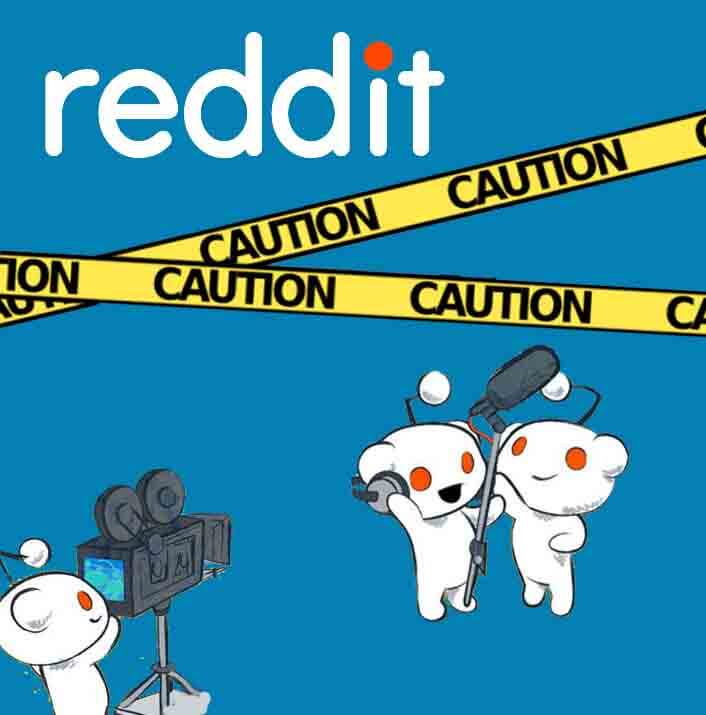How many times did you scroll your favorite social media feed’s news feed without being greeted by an abundance of check-ins? Weddings, events, exotic destinations, restaurants, bars, clubs, stores, even space… What is it with our obsession with checking in to venues?
In today’s world, almost every social media app is giving opportunities to its users to check-in. This concept was originated by Foursquare in 2019 – founded by Dennis Crowley and Naveen Selvadurai in New York. Foursquare is a social networking app that empowers its users to check-in at businesses on it and shares the locations with friends on mobile. Foursquare eventually became the combination of friend-finder, city guide, & game mechanics that created a highly addictive platform that encourages users to return to the platform frequently and become loyal to it.
It started with a simple idea – knowing where your friends are. Once we have a location element, we built over things on top of it, like crowdsourced city guides, tips, to-dos, life as a game. At its peak, there were 1mn news users per month, 23 check-ins per second, from all across the world. In ‘The Power of foursquare’, Carmine Gallo has had unprecedented first-hand access to foursquare’s founders, he also has interviewed dozens of business owners and marketers who have revolutionized their businesses through the foursquare. Carmine Gallo has mentioned many case studies – how the ice-cream chain that heated up sales dramatically, the non-profit organization that raised $50,000, and the matchmaker who owes her entire business to foursquare. And case studies of major companies with active foursquare partnerships, including American Red Cross, Jimmy Choo, London, NASA, etc.
I would like to analyze the story with a product building perspective i.e. why people check-in on social media apps, what are their motivations and curiosity, how do they make their decisions on location-based services apps etc. Let’s begin…
Audience love to count, and compare, and brag
People are naturally social. They’re constantly wanting to be viewed as “fun” and having a good time. Research shows that social media platforms have given them the opportunity to gain new meaning to life and build self-esteem, while at the same time – experiencing the joy of learning, discovering, and sharing. People share to become more social. And to enjoy being social, they are willing to share their status, memories, opinions, personal achievement, frustrations, and LOCATIONS.
JTBD analysis:
Let’s analyze from Jobs-to-be-Done (JTBD) lens and see what jobs were users trying to perform here. As I’ve mentioned in this story, following is the statement structure for a Job-to-be-Done:
When (situation) —– I want to (motivation)—— so that (benefit)——
Jobs from to users viewpoint:
1) When I’m planning to go out, I want to be able to know where my friends are going, so that we can get together and have a good time at their favorite places.
2) When I’m planning to go out, I want to be able to open an invitation by informing my friends about where I’m so that they can come and join me to have a good time together.
3) When I’m visiting any exotic destination or club or bar, I want to be able to update all my friends and network about by experience pridefully, so that I can show off my accessibility and lifestyle that most people covet and I feel self-esteemed.
4) When I’m visiting or traveling anywhere out, I want to be able to update all my friends and network about my life, so that I can inspire them about my active life and feel accepted and validated.
From the above Jobs, it is clear that the top motivations for users to share locations are:
1) Social life (door-crash or invitation),
2) Show-off (status, wealth, accessibility),
3) Documenting life & sharing.
From the above Jobs, it is clear that the top motivations for users to share locations are:
1) Social life (door-crash or invitation),
2) Show-off (status, wealth, accessibility),
3) Documenting life & sharing.
Dennis Crowley and Naveen Selvadurai used the above insights, tied with location elements, and built Foursquare that turns life into a game. Let’s look at the product features and how they helped to achieve the customers’ Jobs.
Defining Value Proposition (linking with Forces of Progress)
If we link each Job with forces of progress and define the value proposition (way of doing the job) for each, as I have mentioned in this story, thefollowing is what we get (not mentioning the situation column).
| Motivation | Benefit | Way of doing the Job |
| Know where your friends are going. | Connect with friends to get together. | City guide, local search. |
| Inform your friends about your location. | Open invitation to connect with friends to get together. | Check-in and share on all social media platforms. |
| Brag about exotic locations | Self-esteem. | Rewards, badges. |
| Documenting life and sharing. | Feel accepted and validated. | Feedback (likes, comments, badges) |
Above value propositions (way of doing Jobs) were turned into the following product features and Foursquare became into the mechanics of the game.
Local Search:
Users were able to search the restaurants, nightlife spots, shops, and other places in a location they are. The search was populated with the friends recommended places, followed by the most people recommended (venue ratings). (Bandwagon effect)
Tastes:
Users can access the list of “tastes” in particular food items, cuisines, etc, that they like. This will help Foursquare to recommend the right venues to the users.
Lists:
Users can add venues to a personal “to do” list and curated lists to track neighborhood hot spots or things to do while traveling.
Mayor:
If a user had checked into a venue on more days than anyone else in the past 60 days, then they would be crowned “Mayor” of that venue. Businesses could incentivize mayorships through rewards for users who were the mayor. Users also felt loyalty towards a particular venue due to the endowment effect of the “Mayor” badge.
Badges:
Badges are awarded to the users when they were checking in to some locations frequently. There were a variety of badges on Foursquare, that users were collecting or trying to earn based on their personas. With a huge variety of badges, Foursquare is tapping into the deep-seated psychological need for recognition and achievement. (Maslow theory- status, recognition, self-actualization). So it is supposedly spicing up users’ social life and giving them the digital identity they’ve been seeking, to get social validation. Just to keep up with the identity or reinforce it or further quantify it, users were frequently checking in.
In ‘The Power of foursquare’, Carmine Gallo has tried to capture the above users’ behavior and has put together the 7 innovative ways – how to get brand’s customers to CHECK-IN wherever they are:
- Connect Your Brand – with unmatched localized knowledge
- Harness New Fans – make your customers your sales force.
- Engage Your Followers – inspire users to take actions & add values to their lives.
- Create Rewards – the more users participate, get rewarded, habit – gets cemented.
- Knock Out the Competition – go where your customers are.
- Incentivize Your Customers – find ways to make money around free.
- Never Stop Entertaining – Anything that brings joy to people’s lives will be a winner.
Brands, on Foursquare, could harness their fans, build loyalty by giving them what they seek in return from brands (not deals, discounts, but AMAZEMENT that would delight them.
[Case Study]Jimmy Choo – Customers act as a Salesforce
Jimmy Choo, the popular shoes that had been worn by Carrie Bradshaw, Michelle Obama, Sandra Bullock, Madonna, and celebrities alike. Jimmy choo wanted to use social media to help launch a new line called “Trainers”. The objective was to attract new fans & generate significant buzz about new Trainers, increase offline press coverage about new shoes, help position Jimmy choo as a creative innovator in the space of social media, increase positive sentiment about the brand & increase sales, eventually.
CatchAChoo – set up profiles on Foursquare to represent new Trainers. A JimmyChoo member would check-in under the profile at fashionable hangouts in the city. The team member would then send real-time updates about her whereabouts on Foursquare. Whoever reached the venue in time to ‘CatchAChoo’ would win a pair of trainers (equivalent of $480). jimmy choo then hosted an in-store event for the rest of the ‘CatchAChoo’ followers to further deepen the bond they had formed with the brand.
‘CatchAChoo’ showed that every brand has a story to tell, and Foursquare brings that story to life. Foursquare users love specials, and love being rewarded for their loyalty, and love spread the word by becoming advocates of the brands.
Foursquare – The gamification
“Human mind enjoys minor accomplishments and likes routine.”
One of the reasons Foursquare was so successful is because it’s fun, it’s a game. It brought them joy and sometimes even love. Users were addicted to it they were forming the habits of enjoying minor accomplishments in their dull routine. According to James Clear (author ‘Atomic Habits’), habits are cemented when it is easy, consistent, and fun routine, and it should fall in your zone of long-term growth.

Foursquare, like all successful social media apps, carefully looked at engagement sweet spot of its users and following is how the Foursquare product managed to get its users addicted to the app:
- Cue – Stepping outside
- Crave – Better and Fun social life with friends
- Response/Action – Users check-in
- Rewards – Recommendations, Badges, Mayorship, Self-esteem, Social Validation
- Investment – Engagement with product (check-ins, reviews, tips etc)
Swarm – New product out of Foursquareor replacement?
In 2014, however, Foursquare gamification via badges and check-ins was losing traction. Foursquare was reliant on having enough users so that new adopters can find friends with whom to interact. Foursquare had been on the path of stockpiling the core social graph, but much larger social networks stepped in and began offering their own check-in tools. In May 2014, Foursquare decided to keep Foursquare as a city guide and location recommendation app (like Yelp) and monetize it with location-based ads. Simultaneously, Foursquare launched Swarm, which would exclusively house check-ins. It quickly pushed out Swarm seemingly without a lot of attention to detail. Why ‘New Foursquare’ & ‘Swarm’ didn’t pick up well – because users gravitated to the larger objects i.e. Facebook, Instagram, Twitter, etc. What do you think about it?
References:
‘The power of Foursquare’ by Carmine Gallo
Wikipedia
Linkedin



 Swipe for more stories
Swipe for more stories
Comments